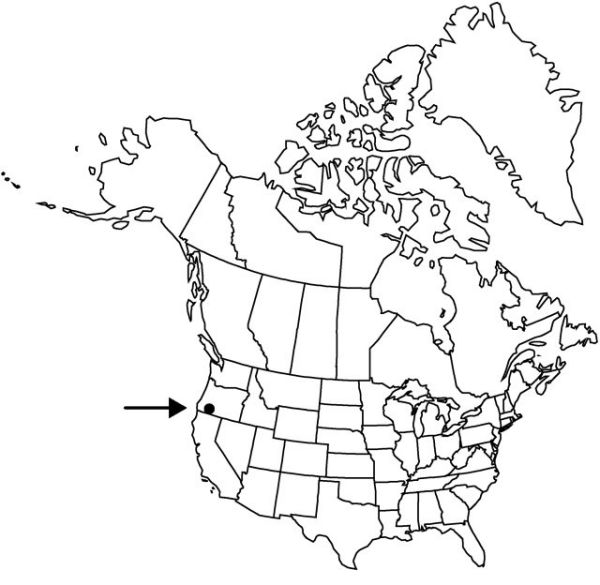Difference between revisions of "Fritillaria gentneri"
Madroño 11: 138, figs. 6–10. 1951.
FNA>Volume Importer |
FNA>Volume Importer |
||
| Line 48: | Line 48: | ||
|publication year=1951 | |publication year=1951 | ||
|special status= | |special status= | ||
| − | |source xml=https://jpend@bitbucket.org/aafc-mbb/fna-data-curation.git/src/ | + | |source xml=https://jpend@bitbucket.org/aafc-mbb/fna-data-curation.git/src/f6b125a955440c0872999024f038d74684f65921/coarse_grained_fna_xml/V26/V26_289.xml |
|genus=Fritillaria | |genus=Fritillaria | ||
|species=Fritillaria gentneri | |species=Fritillaria gentneri | ||
Revision as of 20:31, 24 September 2019
Bulb scales: large several; small numerous. Stem 5–7 dm. Leaves in 1–3 whorls of 3–5 leaves per node proximally, alternate distally, 7–15 cm; blade broadly linear to lanceolate. Flowers spreading to nodding; perianth broadly campanulate; tepals red to purple, clearly mottled with yellow, 3.5–4 cm, apex spreading, not recurved; nectaries linear, 1/2 tepal length; style obviously branched for 1/3–1/2 its length, branches widely spreading, longer than 1.5 mm. Capsules winged.
Phenology: Flowering Apr–Jun.
Habitat: Dry woodlands
Elevation: 300–1500 m
Discussion
Of conservation concern.
Fritillaria gentneri is a restricted endemic closely allied with F. recurva and F. affinis, with which it can be confused. Some evidence suggests that it may represent a hybrid between those two species. More study is needed to determine whether it should remain recognized as a distinct species.
Selected References
None.
